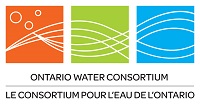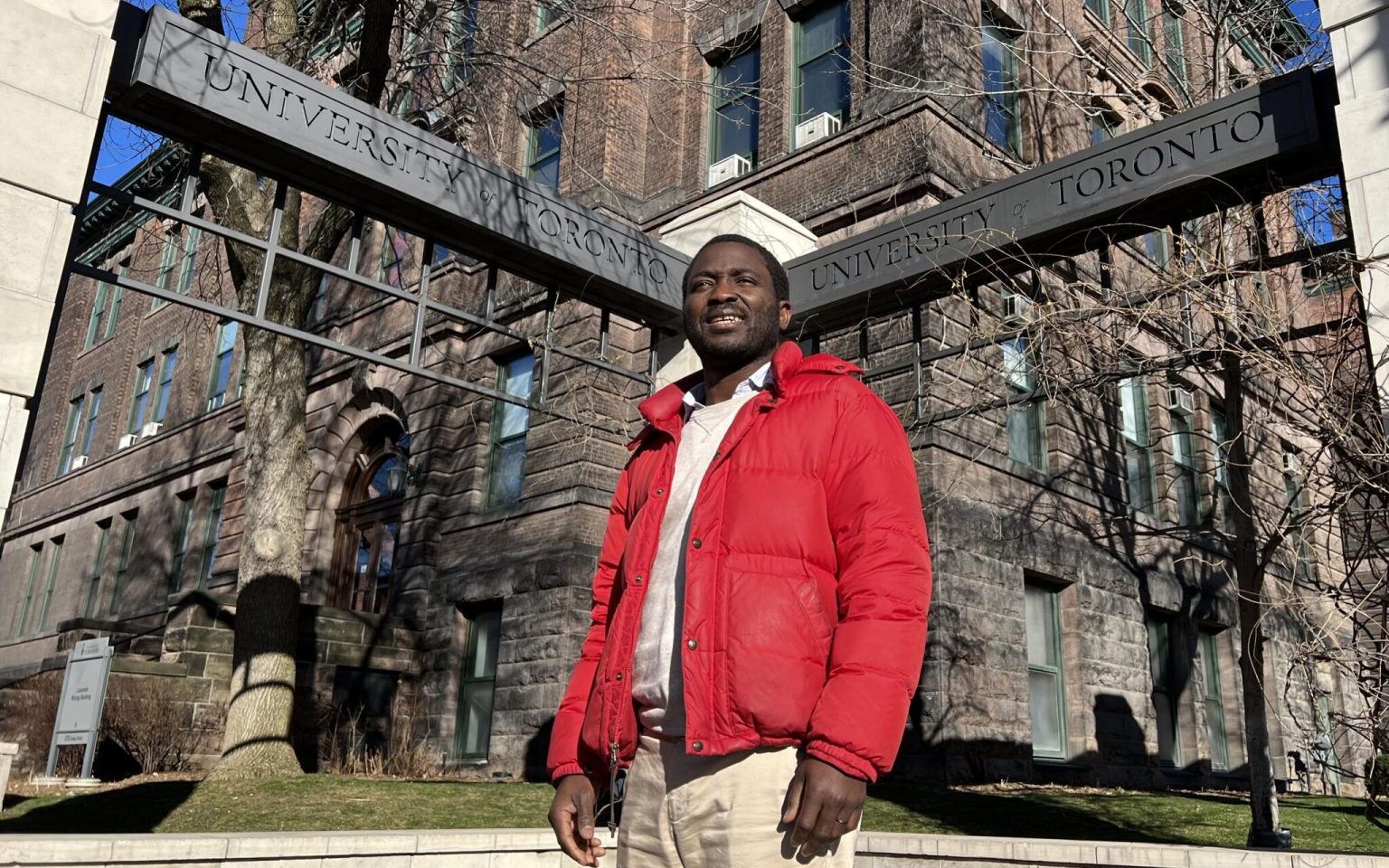Dr. Hamed Ibrahim is advancing a transformative vision for how we understand and manage water in the 21st century. An Assistant Professor in Civil & Mineral Engineering at the University of Toronto since January 2024, his research brings together advanced computational methods, a deep understanding of hydrological systems, and a focus on applied impact, particularly for cities facing climate stress and infrastructure vulnerability.
His journey into water research began during his master’s studies in hydrogeology, when he first recognized how the mathematical principles he had studied for years described real-world processes. “It was a game changer,” he says. “It became clear that these systems are not just theoretical. They’re physical, tangible, and central to our ability to live sustainably.”
At the heart of Ibrahim’s work is a global view of water as a set of interconnected reservoirs: the atmosphere, oceans, cryosphere, terrestrial waters, and biosphere. The water in these subsystems moves around the planet in complex, often invisible ways. “We interfere with those flows when we build cities, change landscapes, and emit carbon,” he explains. “My research is about understanding how those disruptions propagate, and how we can respond intelligently and equitably.”
Much of his work is focused on the growing urgency of climate adaptation in urban environments. “Cities like Toronto are expanding rapidly, but the water systems supporting them were designed based on assumptions that no longer hold. The rainfall patterns and climate conditions those systems were built for have changed,” he says. “We need new tools to understand how those systems will perform in the future, to assess the effects of urban growth, and to know where the risks are accumulating.”
To that end, Ibrahim and his team are developing high-resolution numerical models that simulate complex hydrological systems, integrating climate projections, land use changes, and infrastructure layout. These models can help municipalities identify emerging vulnerabilities, assess infrastructure performance, and evaluate future scenarios. He is also working on data management systems that would enable municipalities to better leverage the vast environmental datasets they already collect, including water levels, temperature, precipitation, and usage, and convert them into predictive, decision-ready insight.
In addition to forward-looking projections, Ibrahim’s lab is building tools that look backward. Using hindcast simulations, his team reconstructs historical flood or drought events and tests how different infrastructure, policy, or planning choices might have altered their outcomes. “These analyses can show what might have been avoided, and just as importantly, what can be avoided next time,” he says. “They’re a powerful tool for learning from experience.”
For Ibrahim, the value of this work lies in its application. “Research can’t sit on a shelf,” he says. “It needs to inform how we manage systems in the real world under real constraints.” That is why he is prioritizing partnerships with municipalities, utilities, and conservation authorities who face daily decisions under pressure. He is also looking to collaborate with policy-makers and water-focused technology firms working to bring innovation into operational use. “Each group plays a different role,” he explains. “We need the operational insights from public sector partners and the speed and creativity of private-sector innovators to move forward effectively.”
Organizations like the Ontario Water Consortium, he adds, have a critical role to play in helping these groups come together. “OWC is in a position to identify shared problems, convene the right partners, and bring academic expertise into direct contact with people who can use it. That’s how you accelerate progress.”
Mentorship is another core pillar of Ibrahim’s work. He sees graduate training not just as a transfer of knowledge, but as a way to shape future leaders in water science and infrastructure planning. “My goal is to help students develop the technical depth and systems perspective to make a difference, whether that’s in industry, government, or academia,” he says. “I want them to see that what they build can serve people directly.”
His long-term vision is equally clear: to establish the University of Toronto as a global hub for water systems research and innovation. “I want to locate that capability right here,” he says. “The goal is to develop tools and expertise that are not just relevant to Canada, but that can support decision-makers in water-stressed and rapidly urbanizing regions around the world.”
Ibrahim is actively seeking new partners to help apply and refine the tools emerging from his lab. His team offers expertise in hydrological modeling, climate-resilient infrastructure planning, scenario-based simulations, and predictive data integration, designed to support municipalities, utilities, policy teams, and innovators alike. Opportunities for collaboration include technology piloting, policy development, and joint research to support water innovation and long-term resilience.
“The problems we’re facing, such as urban flooding, water stress, and climate-driven extremes, are not going away,” he says. “But if we act with insight, coordination, and ambition, we can be ready. We can lead.”
Join the Conversation
Dr. Ibrahim is actively seeking collaborations with industry partners, government agencies, and fellow researchers. If you are interested in partnering or learning more about his research, reach out through the Ontario Water Consortium or University of Toronto.


